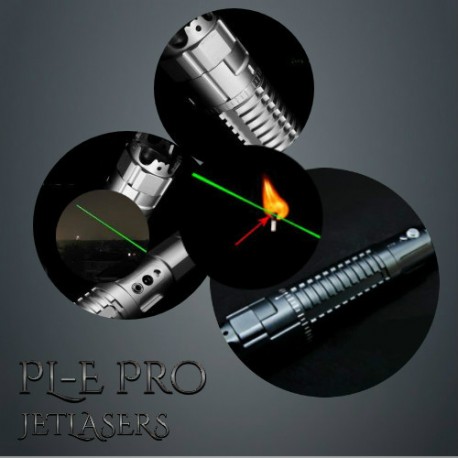MrCool
New member
- Joined
- Sep 8, 2019
- Messages
- 4
- Points
- 3
I hope it's the right forum for this topic. I'm new to lasers and I'm trying to understand the physics behind, yesterday I read about Gaussian beams.
 I read the first 7 paragraph of above article (and a bunch of other docs about Gaussian beams) and tried to apply the formulas to a real life laser, I chose this one:
I read the first 7 paragraph of above article (and a bunch of other docs about Gaussian beams) and tried to apply the formulas to a real life laser, I chose this one:
 The data sheet part says that the beam diameter at the aperture is min. 1.3mm, the beam divergence is around 2mRad and the wavelength is 532nm.
The data sheet part says that the beam diameter at the aperture is min. 1.3mm, the beam divergence is around 2mRad and the wavelength is 532nm.
If the beam diameter is 1.3mm at the aperture (I assume it's the narrowest point) then the w0 value is 0.65mm. The Rayleigh length with these values: (pi * (6.3e-4)^2) / 5.32e-7, The google gave me 2.34m as result. For the beam divergence: (2 * 5.32e-7) / (pi * 6.3e-4) (the 2 multiplier is there because I want the full angle instead of the half) the result is 0.5mRad, it is clearly not around 2mRad. I read about the M^2 value, which shows how close my beam to the ideal Gaussian beam and I have to include this M^2 value in the formula for the beam divergence as a multiplier. Since I know that the real beam divergence is somewhere around 2mRad and the calculated is 0.5mRad the M^2 value of this laser should be around 4. I tried to apply these formulas to other lasers, but I got smaller beam divergence around 0.2mRad and ~9 as M^2 which seemed impossible to me, since I read somewhere that the better lasers have M^2 values between 1 and 2. I watched some youtube videos, the guy used the same formulas, and got the same crazy results with 0.1mRad divergence. So, my question is where do I go wrong?
Thanks in advance

Gaussian Beam Propagation
Many lasers are assumed to have a Gaussian profile, and understanding Gaussian beam propagation is crucial for predicting real-world performance of lasers.
www.edmundoptics.com

If the beam diameter is 1.3mm at the aperture (I assume it's the narrowest point) then the w0 value is 0.65mm. The Rayleigh length with these values: (pi * (6.3e-4)^2) / 5.32e-7, The google gave me 2.34m as result. For the beam divergence: (2 * 5.32e-7) / (pi * 6.3e-4) (the 2 multiplier is there because I want the full angle instead of the half) the result is 0.5mRad, it is clearly not around 2mRad. I read about the M^2 value, which shows how close my beam to the ideal Gaussian beam and I have to include this M^2 value in the formula for the beam divergence as a multiplier. Since I know that the real beam divergence is somewhere around 2mRad and the calculated is 0.5mRad the M^2 value of this laser should be around 4. I tried to apply these formulas to other lasers, but I got smaller beam divergence around 0.2mRad and ~9 as M^2 which seemed impossible to me, since I read somewhere that the better lasers have M^2 values between 1 and 2. I watched some youtube videos, the guy used the same formulas, and got the same crazy results with 0.1mRad divergence. So, my question is where do I go wrong?
Thanks in advance



